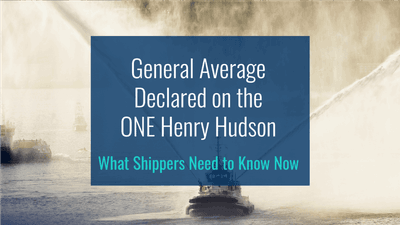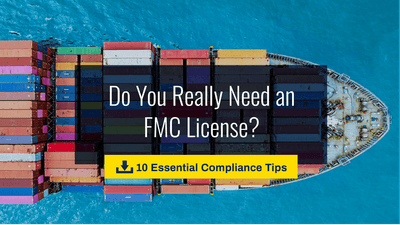September 13, 2018 | Industry Insights
5 Steps to Managing Your Continuous Import Bonds Subject to Trade Wars

Customs brokers and importers alike can be proactive with the management of their import bonds on goods subject to the Section 232 and 301 trade wars. Here’s how:
-
Compile a list of your import clients affected by the new tariffs
Access the latest lists of tariffs subject to Section 232 or Section 301 here. Suggest your importing clients obtain an ACE account and grant you “Sub Account” access to view their data. ACE reports are available to view entries by tariff number.
-
Request access to our FastBond™ Management Reports
Users with access to our Management Reports can run the “Entries by Filer” report to get a complete listing of all entries cleared under the customer’s import bond over the last 12 months. Our reports only provide information on continuous import bonds filed with Roanoke Trade. If you are a current customer and do not have access, email us at fastbond@roanokegroup.com to sign up!
-
Determine the proper bond amount
The general rule for calculating the continuous import bonds is 10% of the total duties, taxes and fees paid the last 12 months (or the next 12 months — whichever is greater), subject to a $50,000 minimum. Refer to the Customs Directive 099 3510-004 and the Current Bond Formulas for specifics.
-
Plan with your importer
Discuss the data analysis you reviewed via the ACE reports and FastBond™ management reports with your importer. Discuss what their import bond sufficiency would look like if the additional Section 232 or 301 tariffs were applicable. Have the importer consider their importing plans for the upcoming 12 months — will their imports grow? Factor that into the bond amount calculation to get the right bond amount now, before CBP issues a demand for a larger bond, subject to time restraints to respond.
-
Monitor your importers’ entries going forward
Request delivery of Roanoke’s automated Potential Sufficiency reports to stay on top of your customers’ approaching bond saturation in the future. We conduct weekly sufficiency checks on all our import bonds, reviewing entries over the last 12 months, and generate a notice when the total duties, taxes and fees reach 90% saturation (or 80% if antidumping/countervailing duties apply.) A second notice generates at 100% saturation to keep you and your customers alert of potential demands for increased amounts by CBP. Our bond service team can assist with the setup of these reports — contact us today!
Need more information? Our bond service team is available to assist you. You may also wish to access recent webinars posted on our website covering this topic.













